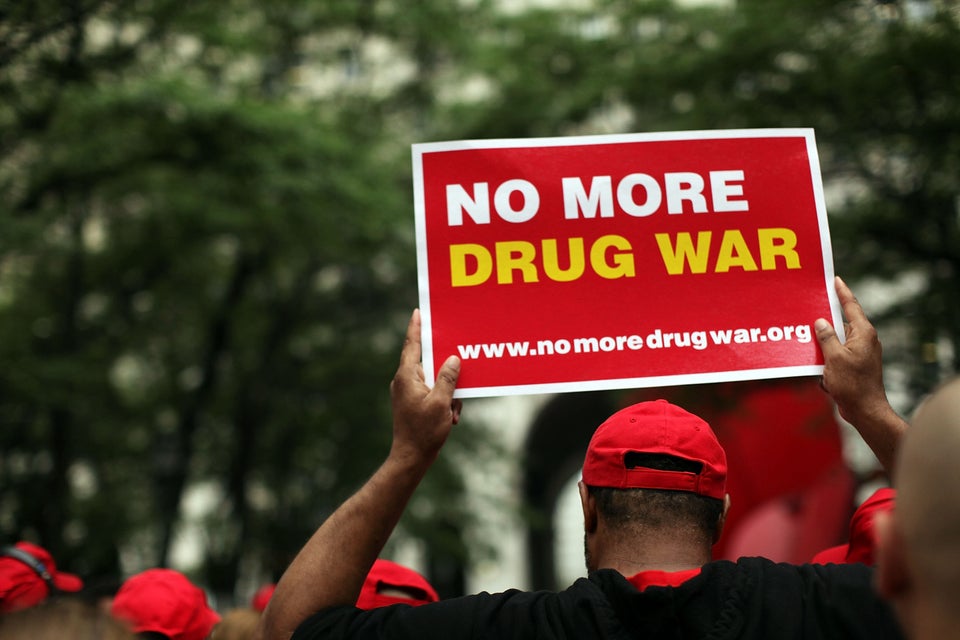
The national drug overdose epidemic has been steadily on the rise for nearly 20 years. From 1999 to 2010, deaths surged a colossal 102 percent. And while overdoses kill more people each year than either cars or guns, the debate over what can be done to address the disturbing trend often gets overshadowed by noisier killers.
On Saturday, the 13th annual International Overdose Awareness Day, drug policy reform advocates and those affected by overdoses will gather around the world, putting solutions front and center.
One such solution is naloxone, a prescription-only opiate reversal drug that has already been used to save thousands of lives. Supporters say it could easily save thousands more if it was more widely distributed. Opiate-based prescription drugs and heroin account for the vast majority of overdose deaths, making the debate around naloxone particularly critical.
On its own, naloxone isn't controversial. It was approved for use by the Food and Drug Administration in 1971. It's non-addictive, non-toxic, fairly cheap and easy to administer through nasal or intravenous application. Studies have been found that naloxone is capable of reducing overdose deaths by as much as 50 percent when paired with proper training and distribution.
The New York Times explained how naloxone works to counter an overdose in a recent story about a New York state effort to more widely distribute the generic drug:
Opioids function in the body by attaching to specific proteins, called opioid receptors. When opioids attach, the body relaxes and breathing slows. But too much of an opioid can cause respiration to slow to a lethal level.
Naloxone acts by competing with opioids for the receptor sites, essentially pushing the opioids out of the way and reversing the effects of the drugs.
Despite the effectiveness of naloxone, many states have yet to adopt measures that would remove obstacles to distributing the drug to addicts, family members and first responders. The Fix, a website that covers addiction and recovery, explained opposition to naloxone as a "moral discomfort among drug warriors who apparently feel that the wages of drug use should be death." Many of the drug's critics claim that increasing access to naloxone will only encourage increasingly dangerous drug use, though studies have not been able to confirm this hypothesis. Proponents are quick to point out that any risks associated with naloxone would be minimal compared with the alternative -- death.
At least 15 states -- Virginia, California, Colorado, Connecticut, Illinois, Kentucky, Massachusetts, Maryland, New Jersey, New Mexico, New York, Oregon, Rhode Island, North Carolina and Washington state, as well as the District of Columbia -- have passed laws addressing the drug. These measures range from giving legal protection to those who administer naloxone to an overdose victim, to providing training and doses of the drug to first responders or family members who may not have a prescription for it themselves.

